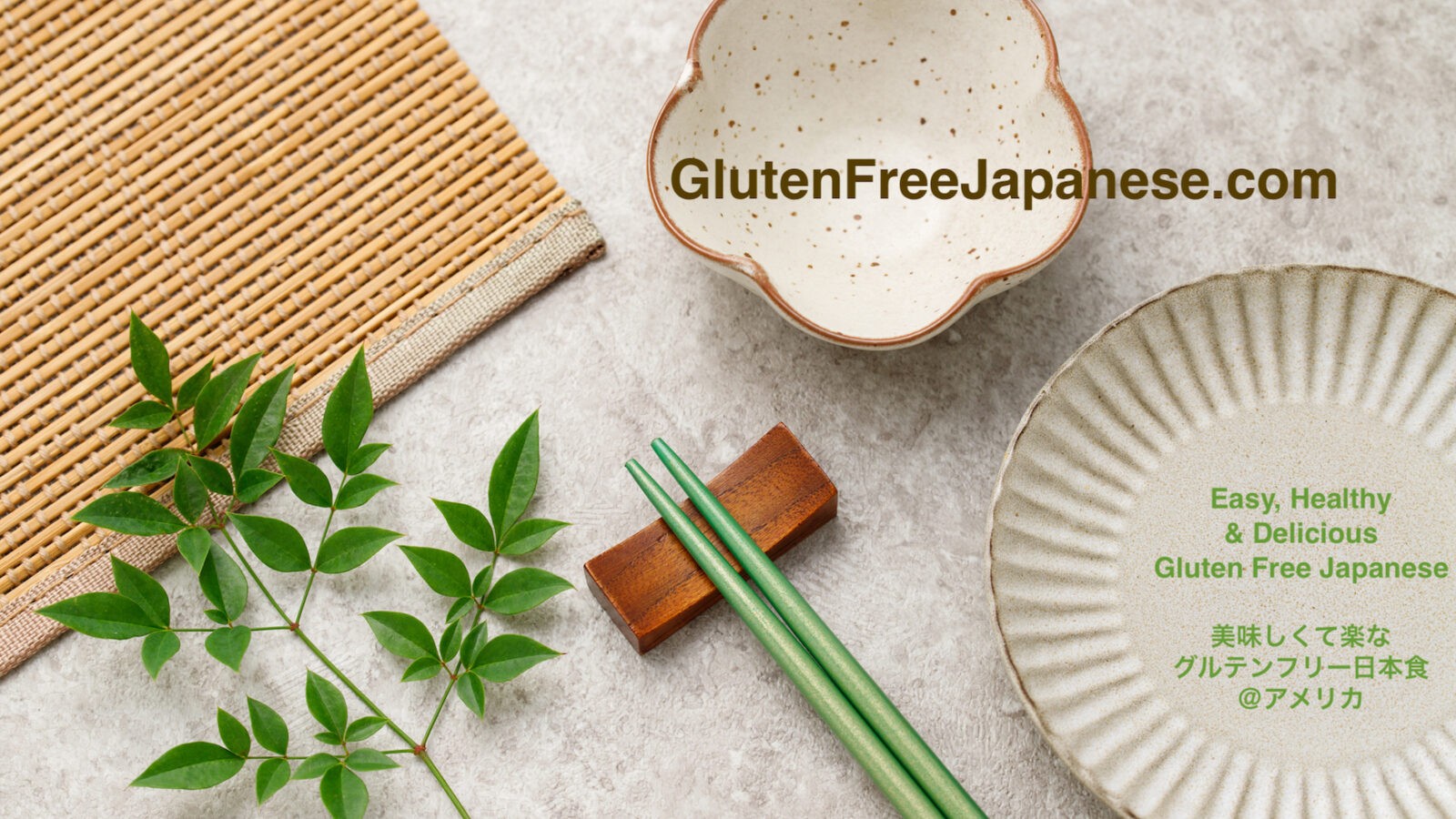I bought kamaboko for my New Year’s osechi. I was going to buy red and white kamaboko from the same manufacturer, but they were sold out, so I ended up buying red (actually pink) kamaboko from Kibun and white kamaboko from Shirakiku. Shirakiku is a Japanese food manufacturer sold in the U.S. It is a little less expensive than the more famous Japanese brands.
Kamaboko is basically made of white fish. Since I had checked the ingredients before, I bought it without looking at the back this time.


When preparing osechi, I just checked to be sure and was surprised to find only Shirakiku kamaboko says, “Contains wheat“! So I looked at all the ingredients to see which ingredient contained wheat, but I couldn’t find anything that looked like it. So I wondered if it was because of possible cross-contamination, which is common. However, there is another label for cross-contamination.

I am not sure why, but since it says it contains wheat, I only ate Kibun’s red kamaboko. Kibun one is gluten-free.

Different makers make the same products with different ingredients. I know Shirakiku is a little cheaper than Kibun, but I guess that’s where the price difference comes in! So from now on, I will only eat Kibun kamaboko.
Besides, the length and height of the kamaboko of Kibun and Shirakiku are slightly different, and Shirakiku’s kamaboko is slightly smaller. When I tried to arrange the red and white ones alternately, the height was bumpy, and it didn’t look good. 😅


One thought on “Kamaboko is gluten-free, right?”
Comments are closed.